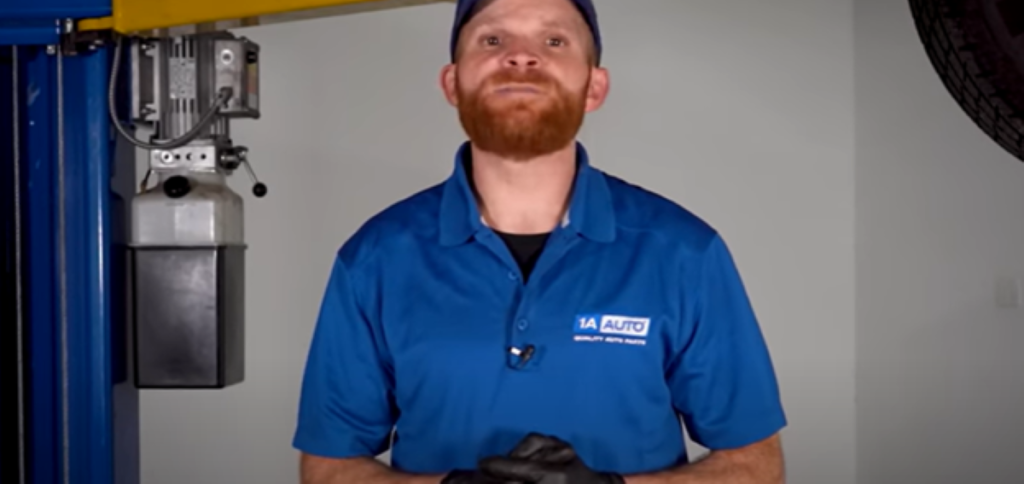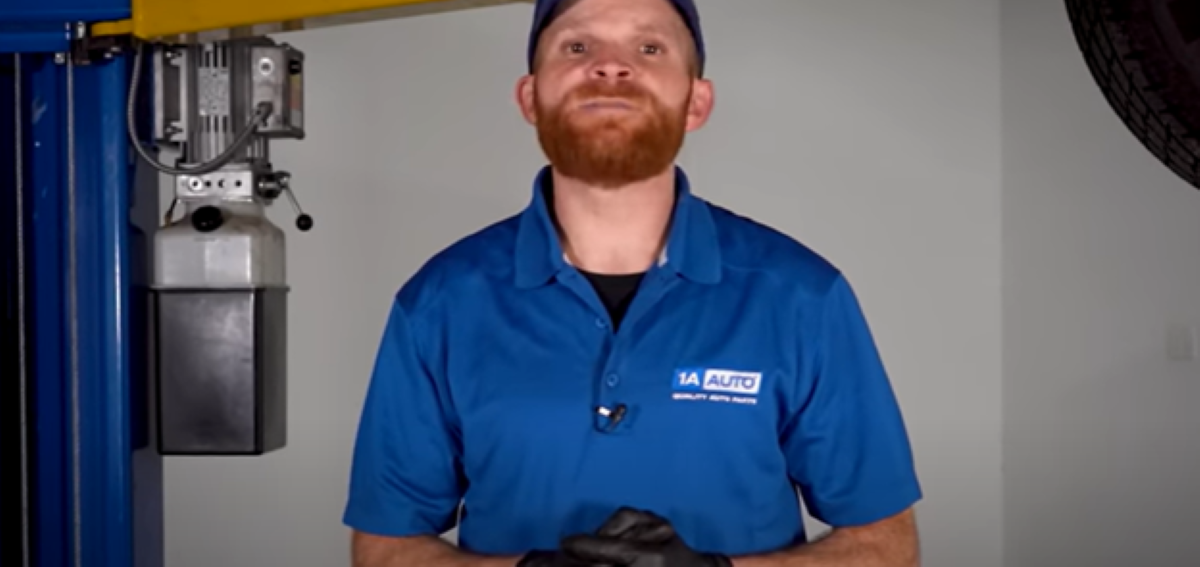A bad driveshaft will have symptoms like a vibration under acceleration, shaking or shimmying underneath the cabin while driving, or noises like squeaking. Learn the signs of a bad driveshaft and how to inspect and fix one yourself with these tips from our expert mechanic Len.
Signs and Symptoms of a Bad Driveshaft

Driveshafts are designed to handle the twist from the torque sent by the engine and transmission. This is then sent to the wheels to power your vehicle. It also needs to be able to pivot as the suspension moves.
The driveshaft should spin smoothly with no resistance. They can be susceptible to damage due to their length, design and location, and cause the following symptoms when damaged:
Vibration or Shaking While Driving
If the driveshaft is off balance, as it’s spinning it can cause vibration. Some driveshafts are made of metal, and those can rust and rot over time from exposure to outdoor elements. This damage to the driveshaft can also contribute to bad symptoms like shaking.
If the driveshaft is aluminum, rust and rot will not be an issue.
Noises Like Squeaking While Driving
If the driveshaft is off balance, as it’s spinning it can make noise like squeaking. Damage like dents can also cause problems. If there’s a problem with the u-joints, that can also cause a squeaking noise.
Damaged U-Joints Can Cause Bad Driveshaft Symptoms

Typically on either end of the driveshaft will be a u-joint. The u-joint has four caps. Inside each cap are little roller bearings. The lubrication can break down over time and fail to lubricate the bearings. Moisture can also leak inside and reduce lubrication.
There could also be an issue of the u-joint overheating. Friction can result from the driveshaft spinning, which creates heat, and this heat can cause swelling and wear out the bearings and cause movement from the caps. This can also cause a squeaking noise, especially at lower speeds.
If a problem with the u-joints is ignored for too long, you may find excessive movement from the cups. You can check for this pressing up and down on the driveshaft or by pressing from side-to-side. It’s an indication of a serious issue if you can twist the driveshaft a little and see it twist inside of the caps. Any of these signs are an indication that your car needs fixing as soon as possible. If the driveshaft separates from the u-joint while driving, it could damage other parts underneath the vehicle or separate from the vehicle, creating a dangerous driving situation.
How to Diagnose Bad Driveshaft Symptoms
Steps for diagnosing symptoms of a bad driveshaft
- Road Test the Vehicle
See if you can feel the shake coming from the steering wheel or if it’s coming through the passenger compartment. If the shake is coming from the passenger compartment, check the sides of the vehicle for shaking, like the side view mirrors. Check inside the vehicle for shaking, like at the rear view mirror or the passenger seat headrest. Shaking from the passenger seat headrest is a typical sign of it originating from the rear.
- Check the Wheels
Each one of the wheels should be balanced. Generally you’ll find several wheel weights around the outside and inside of the rim.

- Check the Driveshaft
Grab the driveshaft along where the u-joints are. Shake it up and down and side-to-side a little. It’s not a good sign if you feel movement inside the cups. If there’s a grease fitting, you can try to fix any movement by adding grease, but if there’s movement or excessive movement it could cause shake from the driveline and you’ll want to replace the u-joint.
Twist and see if the u-joint is twisting inside, which is a sign the u-joint needs a replacement.
We recommend servicing all of the u-joints on the driveshaft. Some may have one, two, or three.
More on how to inspect the driveshaft
How to Fix a Bad Driveshaft
If the driveshaft is damaged, it can be fairly simple to replace.
You’ll need to raise the wheels or chock them properly so the vehicle can’t shift. The next steps include removing the bolts that connect it to the rear differential and maybe at the front where it connects to the transmission or transfer case.
If you’re just replacing the u-joints, typically you can press them on and off with a specialty tool without needing to replace the driveshaft. We recommend that you replace all u-joints at the same time. While doing this repair, be careful not the damage to driveshaft, and make sure the roller bearings do not fall off or land where they shouldn’t be as you try to remove each cap.
How-to Videos to Repair Your Car
Our how-to videos will help you fix and replace parts on your car and diagnose them with step-by-step instructions and tips from our expert mechanics.
Shop Quality Auto Parts


